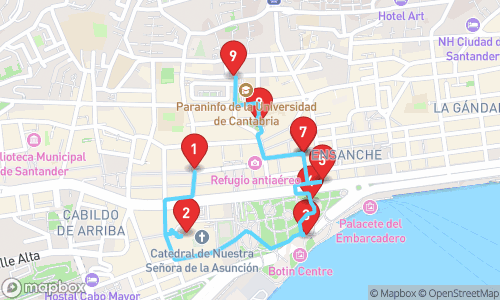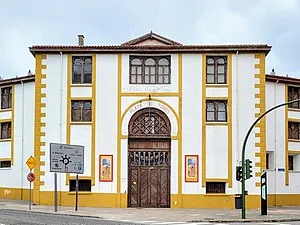

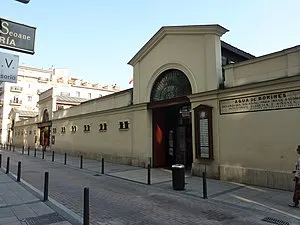
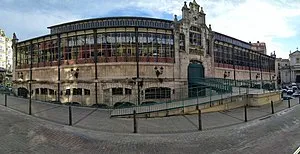
Historic Gems Tour of Santander

Tour Guide
Jenny Multilingual
Welcome to Santander! On this GPS guided audio tour, we will visit 20 stops on a route of 6.40km. This tour focusses mainly on general tourism.
Locatello is an app where you can generate personal audio guided tours. Set your preferred distance, guide, language and theme, and a guided tour is created on the spot.
Walking Time
Distance
stops
Language
Tour Stops

Plaza de toros de Santander
A bullring in Santander, Spain, built in 1890, with a capacity of 10,045 localities. It has hosted numerous bullfighting events and is known for its historic significance and cultural importance in the city.

Central Library of Cantabria
A main library with multiple collections, including Comicteca, Legal Deposit, Old Fund, and more, serving as the head of the Library System of Cantabria and exercising State Public Library functions.

Mercado del Este
A historic market in Santander, Mercado del Este is a rectangular building with 2400 m² of surface area, known for its advanced design and layout, making it one of the first examples of a "galería" in Spain.

Mercado de la Esperanza
A wholesale market in Cantabria, Spain, built in 1897 by architects Eduardo Reynals and Juan Moya. It is one of the few remaining examples of 19th-century iron architecture in Spain, declared a historic-artistic monument in 1977.
Audio Preview
30 sec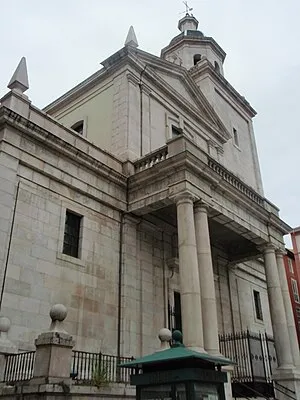
Church of San Francisco, Santander
A neo-Herrerian church building, the Church of San Francisco is a Catholic temple in Santander, Cantabria, designed by architect Javier González Riancho and completed in 1953.
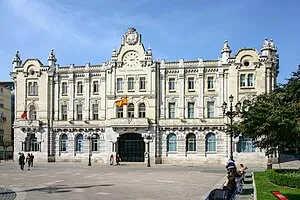
Santander town hall
A Casa Consistorial de Santander is the town hall building that houses the city government, situated in front of the historic Cabildo de Arriba neighborhood and adjacent to the Mercado de la Esperanza market.
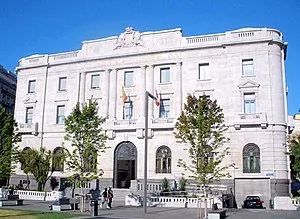
Bank of Spain building in Santander
A neoclassical and Renaissance-style building with three floors, built with limestone and marble, featuring a covered courtyard with a large stained-glass window depicting the eagle of St. John.

Delegación de Correos, Santander
A building in Santander, Spain, constructed between 1920-1926 using regionalist architectural style, featuring a rectangular plan with a central hall, flanked by two polygonal towers, and a principal facade facing Alfonso XIII Square and the Pereda Gardens.

Plaza Porticada
A central square in the heart of Santander, constructed in neoclassical Herrerian style after a devastating fire in 1941. The square features a grand, symmetrical design with five entrances, porticos, and giant columns.
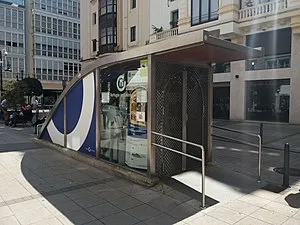
Refugio antiaéreo Mariana Pineda
A war-time air-raid shelter built in 1937, initially designed to protect military leaders and government officials from bombings, now converted into a museum showcasing artifacts from the Spanish Civil War.

Church of the Sagrado Corazón, Santander
A Roman Catholic church, the Church of the Sacred Heart of Jesus, was built in 1890 by architect José María Basterra and features a Latin cross design with 12 pillars supporting the vaults.

Centro de Acción Social y Cultural de Caja Cantabria
A modernist and regionalist building, once a Mont de Piedad, now serves as the Centro de Acción Social y Cultural de Caja Cantabria, offering a program of cultural activities and events.
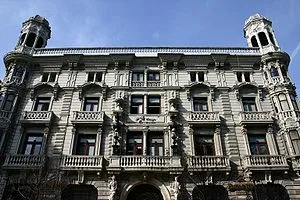
Banco Mercantil, Santander
A historic building built in 1900, featuring a manieristic Italian-inspired ornamental program, a grand octagonal courtyard, and later renovations in 1913 incorporating Art-Nouveau elements, currently serving as the territorial headquarters of Banco Santander.
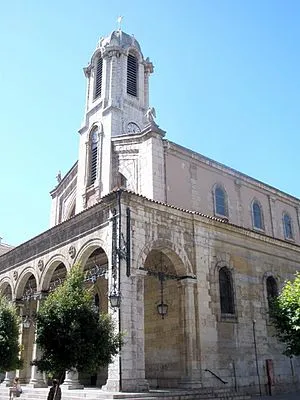
Church of Santa Lucía, Santander
A church building, the Church of Santa Lucía is a noteworthy example of eclectic architecture reflecting the styles of the Renaissance and paleocristianism. It features a rectangular plan, a single nave, and a portico with jonic columns, adorned with grutescos and a tower with three clocks.

Banco de Santander, Santander
A historic building, originally an hotel, was purchased by Banco de Santander in 1919 and underwent renovations and expansions to become the bank's headquarters.

Paseo de Pereda
A scenic promenade in the center of Santander, stretching from the city's waterfront to Puertochico, offering stunning views of the Bay of Santander. It's a historic avenue lined with beautiful buildings, including the Palacio de la Compañía Trasatlántica Española and the Banco de Santander's central headquarters.

Pereda Gardens
A historical ensemble in Santander, Cantabria, Spain, featuring a public park, gardens, and walkways, including a statue of José María de Pereda, a renowned Cantabrian novelist, amidst over 200 trees and various plant species.
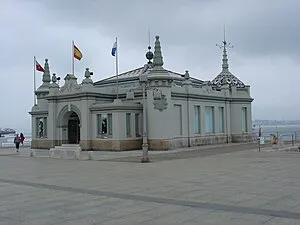
Palacete del Embarcadero
A palace and former passenger station turned cultural center, Palacete del Embarcadero features a striking design with a portico facing the sea. It hosts various exhibitions and conferences showcasing local and international artists, promoting maritime and port cultural heritage.
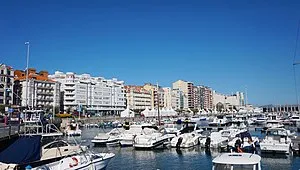
Puerto Chico
A port and maritime neighborhood in Santander, formed by a group of streets near the Porto Chico dock, known for its historic bodegas, pesquería, and cultural significance in the city's maritime past.
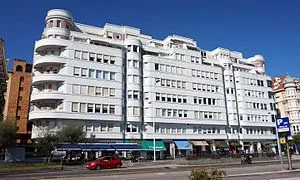
Edificio Siboney
A unique and original building in the Ensanche of Santander, Spain, designed by José Enrique Marrero Regalado in 1931. It's an expressionist-style building that occupies a city block and features semi-circular balconies, rounded corners, and horizontal stripes.
Download App
Experience this tour and many more with our mobile app. Available for iOS and Android.
Audio Preview
Tour Map
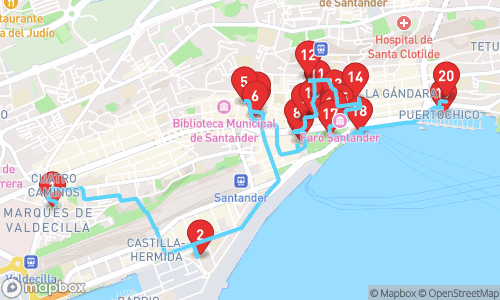
Quick Facts
- ✓GPS-guided navigation
- ✓Professional audio narration
- ✓Offline maps available
- ✓Premium content included
Why Choose This Tour
Expert Local Guide
Narrated by Jenny Multilingual, specializing in general tourism
Flexible Timing
Take the tour at your own pace, any time of day
